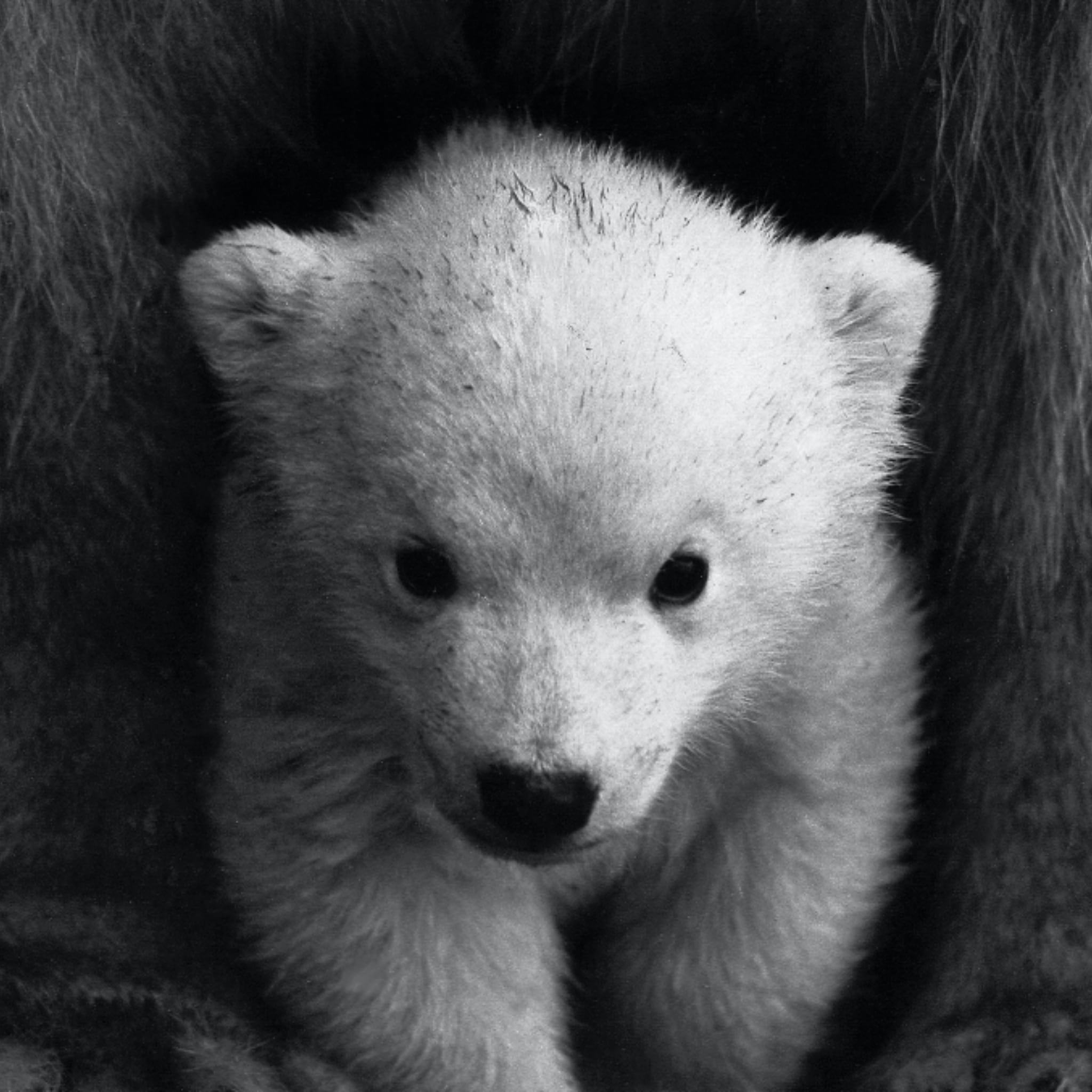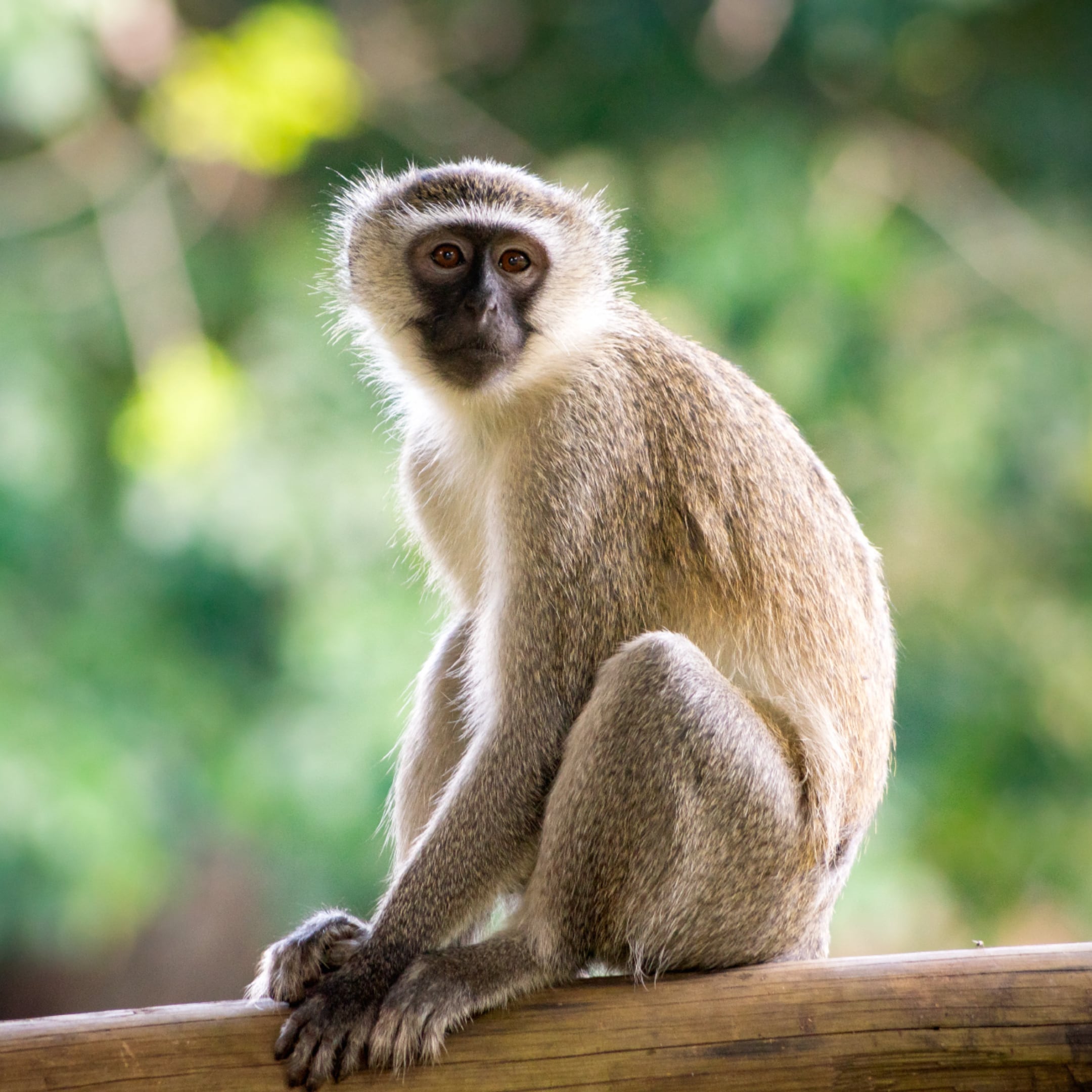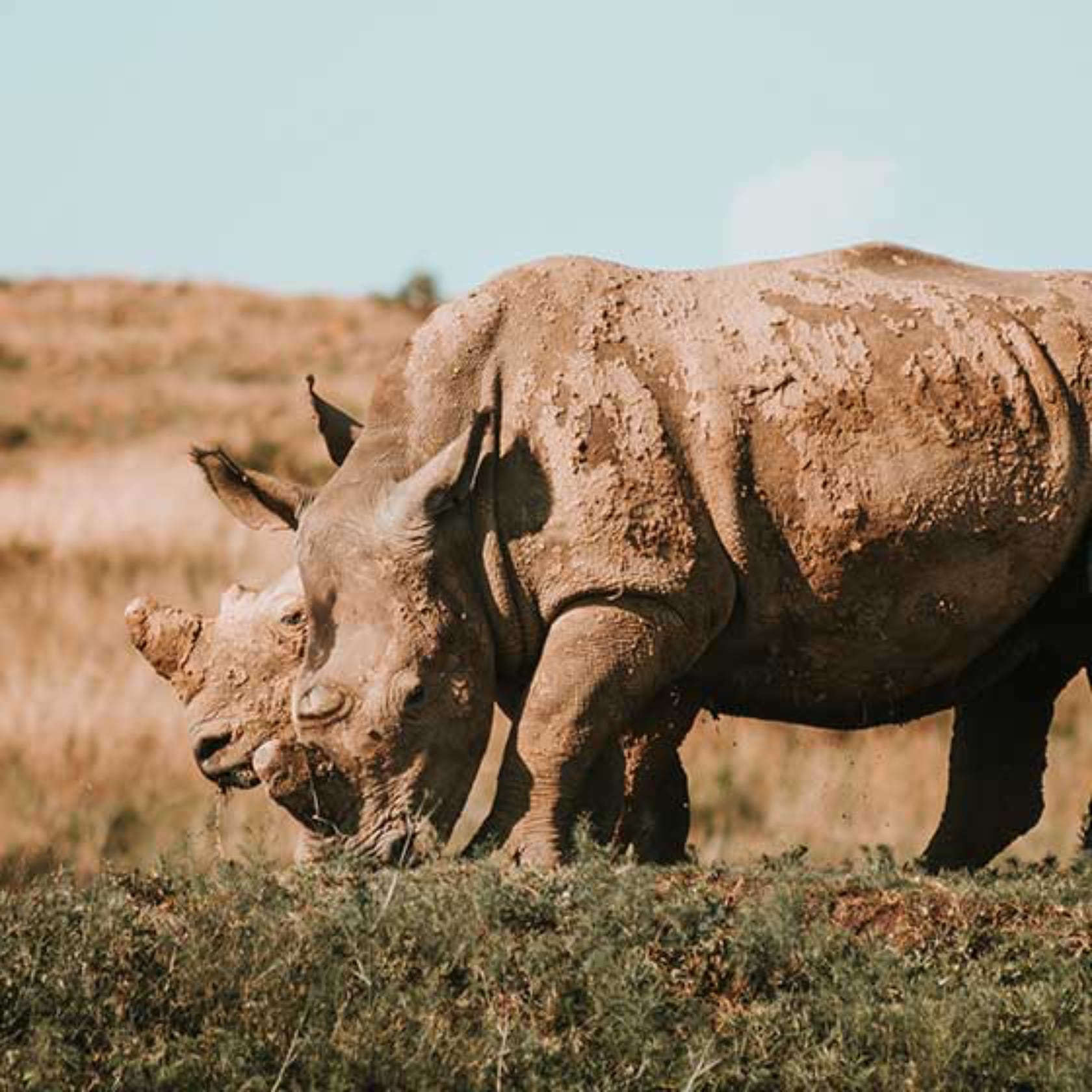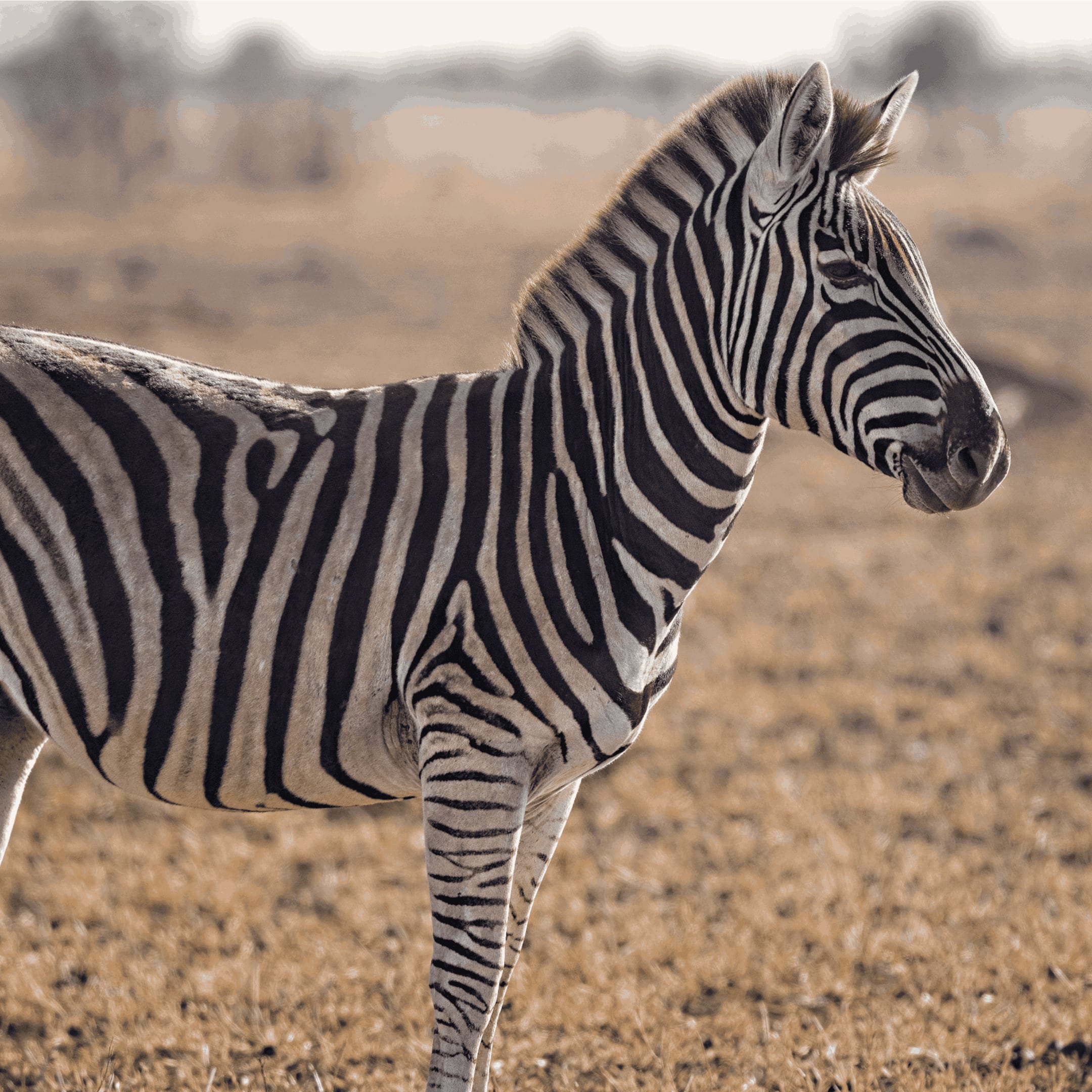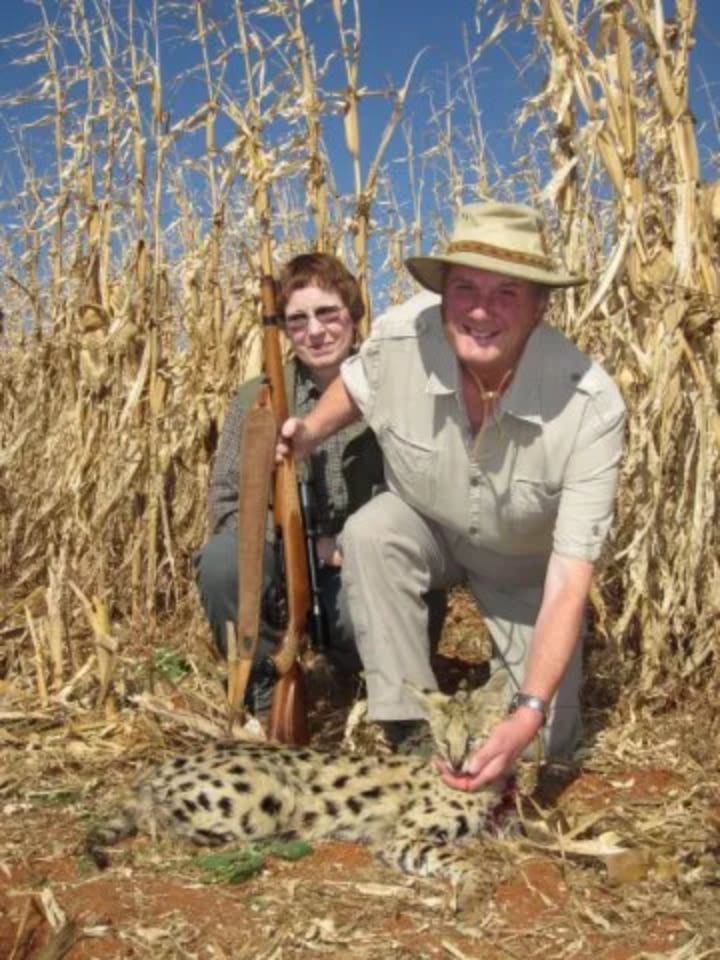End Trophy Hunting
It's time to End Trophy Hunting
There's no justification for killing animals for fun - it's cruel, wasteful, and serves no purpose. The Campaign to Ban Trophy Hunting is gathering momentum. Join us and help put an end to this senseless slaughter. Hunting trophies should be seen as shameful, not something to be proud of. Let's get rid of trophy hunting for good.Killing animals for pleasure is cruel, unnecessary, and has no place in a civilised society.
Humans have no right to take the life of an animal for recreation. Animals experience suffering and pain when they are hunted for trophies. Killing endangered wildlife for pleasure only helps push them even further towards extinction.
The Campaign to Ban Trophy Hunting calls for:
-
Governments to ban trophy hunting and the import and export of hunting trophies.
-
Effective enforcement of existing national and international laws against trophy hunting, and tough penalties for offenders.
-
An immediate halt to the trade-in trophies of vulnerable threatened or endangered species.
-
Trophy hunting exemptions to be removed from existing international conservation agreements.
-
Negotiations to commence on a comprehensive global agreement banning trophy hunting

WHAT IS TROPHY HUNTING?
The UK All-Party Parliamentary Group on Banning Trophy Hunting defines it “as a ‘sport’ by those who practice it. It consists of killing an animal for recreation and then displaying its body as an expression of a hunter’s ‘prowess’.
It is distinct from the control or management of wildlife populations, which should be carried out humanely by trained professionals.”
WHAT ARE ‘HUNTING TROPHIES
Trophies include whole bodies of animals, their heads or skulls, skins, tails, feet and even genitalia. In the case of elephants, they can include trunks and ears too.
‘CANNED’ LIONS
There are over 300 Lion Factory Farms breeding thousands of lion cubs for trophy hunters to shoot in enclosures. They are also killed for their bones to make ‘lion wine’ and ‘lion cake’ for wealthy Asian businessmen.
SICK PRIZES
In recent years, over 800 Trophy Hunters have won prizes for having shot lions, elephants, leopards AND rhinos. The hunting industry hands out special awards every year to hunters who kill over 125 different species of animals.
HUNTING HOLIDAYS
There are thousands of hunting companies, mainly in South Africa and the US. Some make millions of dollars a year. Some offer Black Friday deals and even ‘free’ animals for hunters to shoot, such as monkeys.
EXOTIC CREATURES
Many Trophy hunters like to shoot kangaroos, camels, seals, beavers, wild cats, reindeer, and sheep. In the US, there are estates which import and breed animals such as zebras – so hunters don’t have to fly to Africa to shoot their favourite animal.
In some places, hunters can drive around in tanks, take young children hunting, and even shoot animals from helicopters using a machine gun.
SUFFERING
Studies suggest at least 50% of animals shot by Trophy Hunters are not killed instantly and instead die slow painful deaths.
It is still legal for Trophy Hunters to shoot endangered animals
Lions
There used to be over 1 MILLION lions. Now there are just 20,000. THOUSANDS of lions have been shot since the outrage over the killing of Cecil in 2015. Experts predict Lions could be extinct by 2050.
EXTINCTION EMERGENCY
Lions Gone by 2050. Just 50 ‘Big Tusker’ elephants Left. Leopard numbers are unknown. Fewer than 7,000 Cheetahs. 3,000 Black Rhinos. Giraffes are now on the Endangered List. Polar Bears facing climate extinction….
Yet it’s still LEGAL to shoot ENDANGERED animals for ‘Trophies’. 85% of voters want Trophy Hunting BANNED. With your help, we can stop hunters from shooting animals for trophies – and get law-breakers LOCKED UP.
£5 a month will help us EXPOSE and END the cruelty suffered by lions like Cecil. Help us to BAN trophy hunting – and give all wild animals a future free from fear.
Please support the Campaign to Ban Trophy Hunting.
Polar Bears
Polar bears are at risk of extinction from climate change. Since the 1960s, 50,000 polar bears have been shot for ‘sport’ and skins. Today there are just 23,000 polar bears left.
Hunters have shot 50,000 Polar Bears in recent years – many of them for trophies.
Now there are just 20,000 left. Experts predict they could soon be gone – for good. With your help, we can stop hunters shooting polar bears for trophies – and get law-breakers locked up.
£5 a month will help us expose and end the cruelty suffered by polar bears. Help us to ban trophy hunting – and give all polar bears a future free from fear.
Monkeys
Humans share over 90% of our DNA with primates. Yet almost 40 species of primate have been offered for sale by hunting companies. One of the most popular is the Vervet monkey. There were once millions of these Old World primates. Now there are just 250,000. British hunters have brought home hundreds of monkey trophies in recent years.
Hunters have shot thousands of monkeys in recent years – many of them for trophies.
There were once millions of Vervet Monkeys. Now there are just 250,000. With your help, we can stop hunters shooting monkeys for trophies – and get law-breakers locked up.
£5 a month will help us expose and end the cruelty suffered by monkeys at the hands of trophy hunters. Help us to ban trophy hunting – and give monkeys a future free from fear.
Elephants
There were once as many as 20 million African Elephants. Now there are just 400,000. More elephants are killed by hunters and poachers every year than are born. There are now only 50 ‘Big Tusker’ elephants left on earth.
Hunters have shot thousands of Elephants in recent years – many of them for trophies.
There used to be 20 million Elephants in Africa. Now there are fewer than half a million. More elephants are shot each year than are born. With your help, we can stop hunters shooting elephants for trophies – and get law-breakers locked up.
£5 a month will help us expose and end the cruelty suffered by elephants. Help us to ban trophy hunting – and give all elephants a future free from fear.
Cheetahs
Cheetahs are one of the world’s most-loved animals. However, it is fast disappearing. The current population is estimated at just 6,674 animals. Cheetah trophies continue to be brought back into Europe by Trophy Hunters.
Hunters have shot thousands of Cheetahs in recent years – many of them for trophies.
Now there are fewer than 7,000 left in the wild. Experts predict they could soon be gone – for good. With your help, we can stop hunters shooting cheetahs for trophies – and get law-breakers locked up.
£5 a month will help us expose and end the cruelty suffered by cheetahs. Help us to ban trophy hunting – and give all cheetahs a future free from fear.
Rhinos
There were once more black rhinos than white rhinos. Today, the black rhino population is only 3,142. Trophy Hunters have recently paid hundreds of thousands of dollars for the chance to shoot one of the world’s rarest animals.
Hunters have shot thousands of rhinos in recent years – many of them for trophies.
There were once millions of Rhinos in Africa. Now there are fewer than 30,000. Experts predict they could soon be gone – for good. With your help, we can stop hunters shooting rhinos for trophies – and get law-breakers locked up.
£5 a month will help us expose and end the cruelty suffered by rhinos. Help us to ban trophy hunting – and give all rhinos a future free from fear.
Giraffes
A number of giraffe sub-species have recently been declared endangered. There are now many more elephants than giraffes left in Africa. Some trophy hunters like to use giraffe skins to make rifle bags, bible covers and bar stool cushions.
Ban Trophy Hunting
Leopards
Leopard numbers are falling fast. The current population size is unknown. Despite this, around 10,000 leopards were killed by trophy hunters between 2004-14 alone.
Ban Trophy Hunting
Zebras
Zebras are hugely popular with trophy hunters. But many zebra species are now in trouble. There are just 1,700 Cape Mountain Zebras remaining. The Grevy’s Zebra is listed as Endangered on the IUCN Red List with fewer than 2,000 individuals. The Hartmann Zebra is classed as Vulnerable. There has already been one zebra extinction in modern history. The quagga was heavily persecuted by colonial hunters and eventually disappeared in the late 19th century.
Ban Trophy Hunting
Help us abolish trophy hunting
About the Campaign to Ban Trophy Hunting
The Campaign to Ban Trophy Hunting was set up in 2018 by former League Against Cruel Sports CEO Eduardo Goncalves, former WWF International Director Jean-Paul Jeanrenaud, and legendary explorer Sir Ranulph Fiennes OBE, and actor and leading animal advocate Peter Egan.
WE ARE WORKING TIRELESSLY TO ABOLISH ALL TROPHY HUNTING WORLDWIDE!
Since launching, we have persuaded the British government to ban hunters from bringing home their sick animal trophies back into the UK, and are pushing for the law to be implemented ASAP.
ABOUT OUR CAMPAIGN TO BAN TROPHIES IN THE UK
Britain has been a vocal supporter of moves to curb the illegal trade in endangered wildlife, and people in the U.K. are rightly proud of our record in progressive animal welfare laws.
Therefore it may come as a surprise to many to learn that the government has allowed hunters to bring home hundreds of trophies of endangered animals that they’ve killed for “sport” in Africa and other countries.
The government has even permitted several tons of ivory from elephants killed by British hunters to be imported. And the number of lion trophies coming into Britain has actually increased since the global outcry over the killing of Cecil the lion.
The British government previously promised to ban the import of lion trophies unless changes were made by the hunting industry. However, it then failed to act. Meanwhile, the governments of France, the Netherlands and Australia have all now stopped allowing hunters from bringing in lions and other trophies.
Investigations by the Campaign to Ban Trophy Hunting have found that government officials in Britain have given the green light to hunters to bring home elephant ears, trunks, feet and skins, as well as tusks.
We also revealed that other trophies currently coming into Britain included those of hippos, leopards, and rhinos. The government has even permitted hunters to bring in trophies of ‘Appendix I’ species, which are considered the most critically endangered animals.
The government has now pledged to ban trophies of all threatened, vulnerable and endangered animals. This is a huge step in the right direction. We are currently awaiting a date for the bill to be introduced to Parliament.
Below are photos of some of Britain’s many trophy hunters – and the British businessmen who run Trophy Hunting ‘Holiday’ firms.
Below are photos of some of Britain’s many trophy hunters – and the British businessmen who run Trophy Hunting ‘Holiday’ firms.
10 Key Facts and figures
-
Over the past decade, hunters have taken home over 1.7 million “trophies” from animals they have killed for “sport”. More than 200,000 of them were from animals in danger of going extinct.
-
Elephants, leopards and lions – which are all threatened – are among the most sought-after animals by trophy hunters. Lion trophy hunting popularity has soared in recent years – despite the uproar over Cecil – while numbers in the wild have fallen significantly. Over the past decade, 10,000 lion trophies have been taken: there are now just 20,000 lions left in the wild.
-
There is increasing popularity of ‘canned hunting. Some 200 ‘factory farms’ in South Africa have bred thousands of lions in enclosures for cub-petting, lion-walking and cheap, guaranteed trophies. Lionesses are often killed for their bones to make ‘wine’ and ‘cake’ for so-called “traditional medicines” in Asia.
-
Around 70% of trophy hunters are American. Of the top 20 countries for trophy hunters, 15 were from European nations. Canada, South Africa and Namibia are the 3 leading exporters of animal trophies, making up approximately 70% of the world market.
-
The trophy hunting industry is represented by powerful lobby groups such as the Safari Club International (SCI) which exists to “protect hunters' rights” and “protect the freedom to hunt whatever game we choose to hunt”.
-
The SCI promotes various award schemes that actively encourage hunters to kill Africa’s “Big 5” and other threatened species. A hunter must kill an elephant, a rhino, a lion, a leopard and a buffalo to get on the “African Big Five Grand Slam” list. Other awards include the “African 29” – which demands a minimum of 29 African wildlife kills. To win its Hunting Achievement Award at the Diamond level, a trophy hunter must shoot animals from at least 125 DIFFERENT SPECIES.
-
Contrary to common perception, CITES – the international agreement to protect threatened species from trade – does not ban trophy hunting, even of species listed in Appendix 1 (animals at greatest risk of extinction). This is despite the convention stating such animals should only be killed “in exceptional circumstances”. CITES exempts trophy hunting from its provisions by classifying it as a “non-commercial” activity and because hunting trophies are “personal and household effects”!
-
Pro-hunting groups claim that trophy hunting encourages wildlife conservation. However, an exhaustive review by a US Congressional Committee found that trophy hunting was directly responsible for population declines of big cats, particularly lions, and that trophy hunting and poaching are currently outpacing the reproductive rate of elephants. Species such as Dorcas gazelles and the Nubian bustard have been all but wiped out by trophy hunters. Trophy hunters are believed to have caused the extinction of several wild species, including the Quagga and the Scimitar-horned Oryx.
-
The trophy hunting lobby claims that it supports significant numbers of local jobs. The UN’s World Tourism Organisation, however, says trophy hunting brings in just 1.8% of tourism revenue in these countries, compared to 80% for wildlife watching. As much as 97% of revenue generated by trophy hunting stays within the hunting community or is syphoned off by corrupt government officials. Trophy hunting generates at most 0.03% of GDP in African nations, and just 0.76% of the total number of jobs created by all forms of tourism combined.
-
The industry claims that trophy hunting funds anti-poaching work. In fact, trophy hunting provides a cover for illegal poaching, with many of the same people involved in both. One investigation found that rhino horns worth hundreds of millions of dollars had been taken by wildlife traffickers posing as trophy hunters.
Finally – and perhaps most importantly of all – trophy hunting is cruel and inflicts pain and suffering, not just on the target animal but also on its offspring. Shooting from a long distance increases the likelihood of non-fatal wounding, which has been found to occur in up to 50% of cases. Trophy hunting groups like SCI encourage hunters to win prizes by using bows and handguns, which increases this risk.
Trophy hunters will often avoid headshots – which are most likely to result in instantaneous death – as this could ‘spoil’ the trophy. The killing of females can cause their offspring to starve, while the killing of males can lead to infanticide as new males compete for control of a pride/herd, as is often the case with lions for instance.
Did you know?
Trophy Hunters shoot HUNDREDS of different animals for fun. The list includes seals, camels, beavers, squirrels, racoons, wallabies, kangaroos, aardvarks, ostriches, moose, sheep, skunks, wild cats, meerkats…
The industry also breeds lions, tigers, leopards and other animals in cages – just so trophy hunters can shoot them more easily in fenced enclosures.
HOW ON EARTH IS TROPHY HUNTING STILL LEGAL??
Many people think that CITES – the Convention on International Trade in Endangered Species of Fauna and Flora – protects wildlife from poachers and hunters.
In fact, the treaty does not cover trophy hunting at all. As a result, poachers are banned from killing elephants for their tusks. However, trophy hunters are permitted to kill the same elephants for their tusks!
The reason trophy hunting is exempted is that it is considered a “non-commercial” activity, alongside scientific research. This is rather a surprising loophole, particularly given the vast sums of money individual trophy hunters are prepared to pay to kill wild animals for trophies and that the trophy hunting industry itself claims to be a multi-million dollar industry!
The treaty classifies animals at serious risk of extinction as “Appendix I” species, whilst “Appendix II” species are also considered to be under threat. Despite stating that Appendix I species should only be “traded” in “exceptional circumstances”, the reality is that endangered Appendix I animals are permitted to be killed by hunters for their trophies every year.
With many of the most iconic wild animals popular with trophy hunters in serious decline, it is clear that CITES is failing to protect endangered wildlife.
The Campaign to Ban Trophy Hunting wants the treaty to either be amended to cover trophy hunting or replaced altogether with a global convention that outlaws the killing of wildlife for commercial or ‘recreational’ purposes, with tough penalties for offenders.
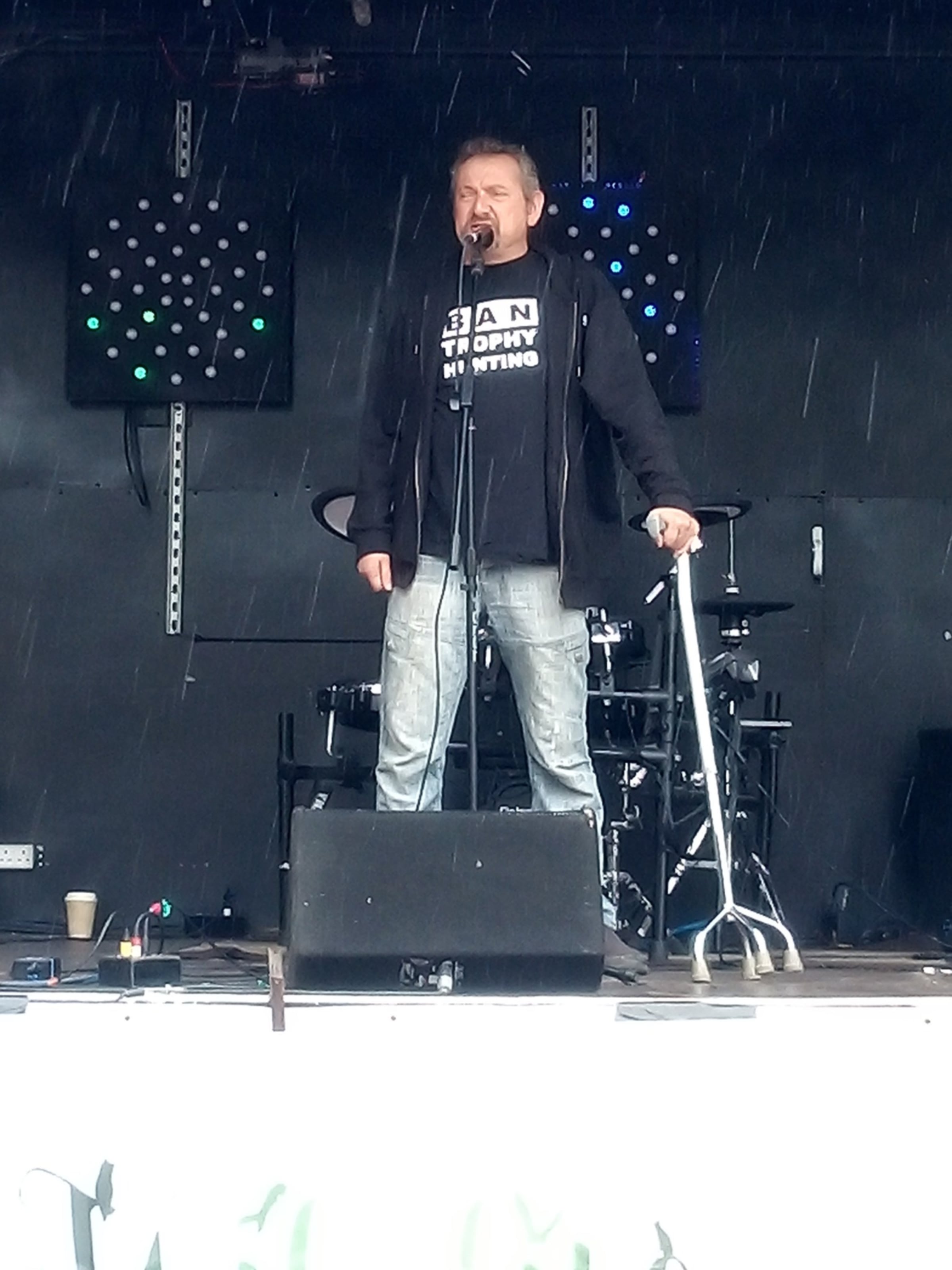
Frequently Asked Questions





